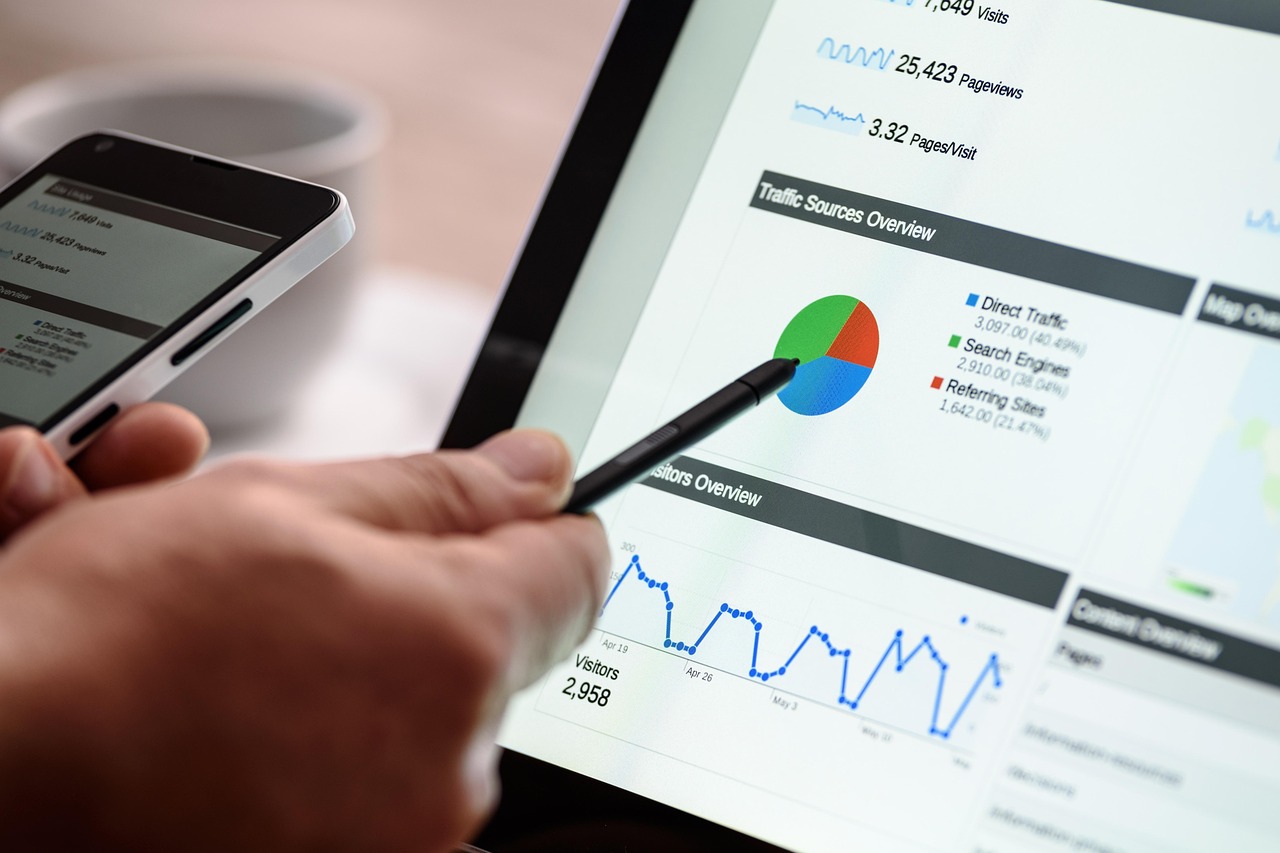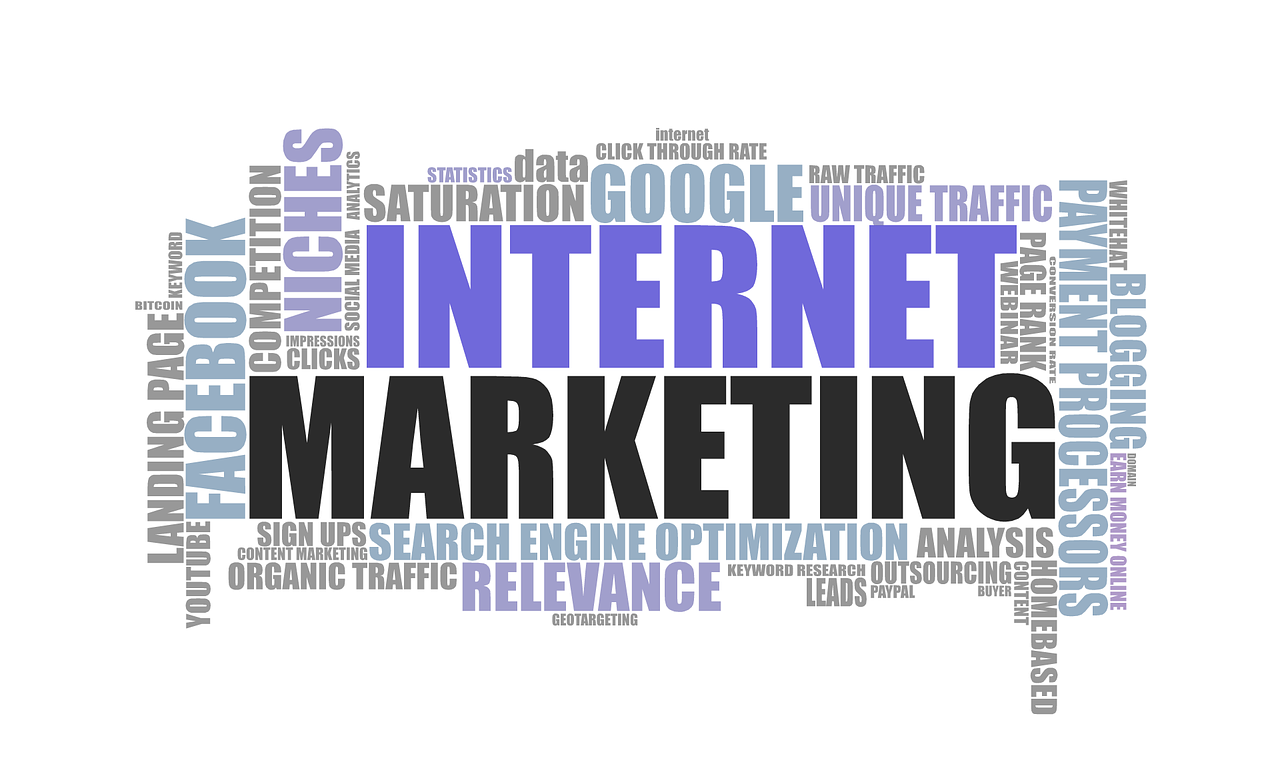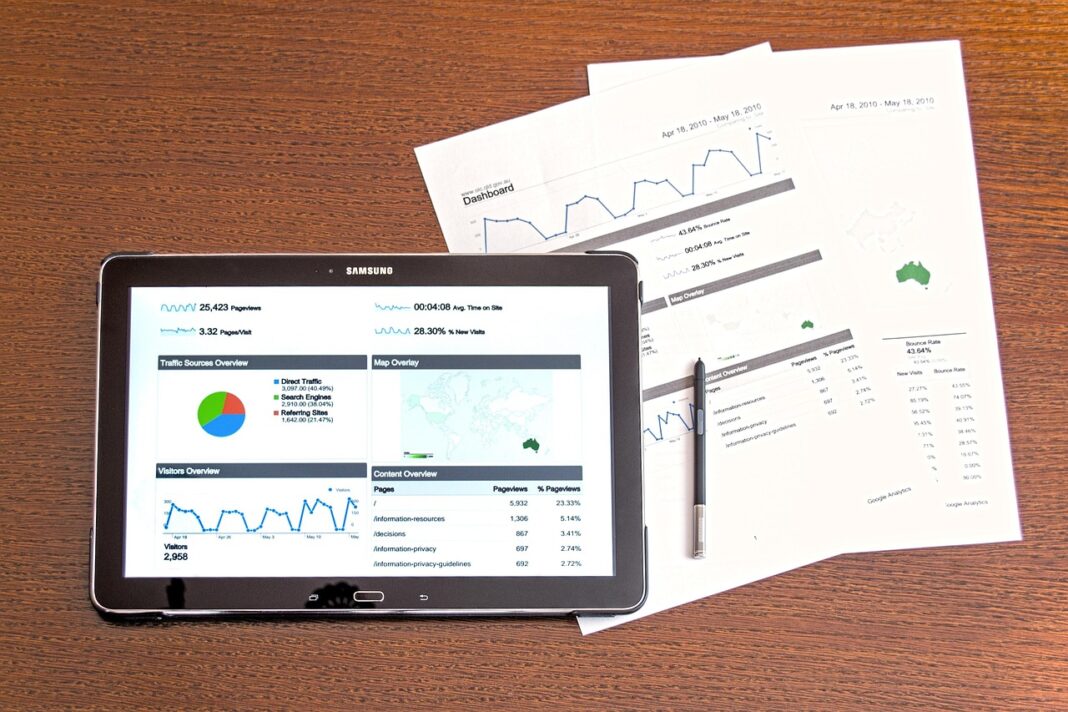Marketing your business in Ireland isn’t quite like marketing anywhere else. The landscape here demands a particular blend of authenticity and professionalism, where community connections still matter as much as digital metrics.
You’re navigating a market that’s simultaneously intimate and competitive, traditional yet rapidly evolving.
Getting marketing right means understanding that Irish customers value relationships. They want to know who they’re dealing with. That personal element can’t be faked or automated away, regardless of how sophisticated your systems become.
Understanding Your Irish Market and Audience
You need to know your audience before you can speak to them effectively. Sounds obvious, but plenty of businesses skip this fundamental step and wonder why their marketing falls flat.
The Irish market has peculiarities that matter. Regional differences exist, even in a country this size. What resonates in Dublin might not land the same way in Cork or Galway. Business-to-business relationships here often develop through networking events, industry associations, and word-of-mouth recommendations. Trust takes time to build.
Your target audience isn’t a demographic on a spreadsheet. They’re people with specific problems you can solve, preferences that shape their decisions, and expectations about how businesses should behave. Understanding purchasing patterns helps. When do they typically make decisions? What factors matter most? Price isn’t always the primary consideration, particularly when you’re dealing with other businesses who understand the value of quality and reliability.
Market research doesn’t have to mean expensive studies. Start by talking to existing customers. Actually listening to them. What challenges brought them to you? What nearly stopped them from making that initial contact? You’ll learn more from five honest conversations than from a dozen industry reports.
The competitive landscape in Ireland shifts constantly. New players emerge, established businesses pivot, and international companies decide the Irish market looks attractive enough to warrant their attention. Your positioning needs to be clear. Not just what you do, but why it matters and who benefits most from working with you.
Building Your Digital Presence
Your digital presence determines whether potential customers can find you when they’re actually looking. That’s not hyperbole. If you’re not visible online, you essentially don’t exist for a significant portion of your potential market.
Website fundamentals matter more than clever design tricks. Your site needs to load quickly, work flawlessly on mobile devices, and guide visitors toward taking action.
Whether that action is making a purchase, booking a consultation, or simply getting in touch. Every page should have a purpose. Navigation should feel intuitive. Content should answer questions rather than raising new ones.
Search engine optimisation remains one of the most valuable long-term investments you can make. Getting found organically when people search for what you offer means you’re not constantly paying for visibility. The fundamentals haven’t changed dramatically.
Create genuinely useful content, ensure your technical infrastructure works properly, and build legitimate connections with other relevant websites. Working with an AI SEO agency can help you identify opportunities more efficiently, using technology to analyse search patterns and optimise content in ways that would take considerably longer manually.
Social media deserves a realistic approach rather than an exhaustive one. You don’t need to be everywhere. Choose platforms where your actual audience spends time and maintain consistent presence there. LinkedIn works well for B2B businesses in Ireland. Instagram matters if visual storytelling suits your offering. Facebook still reaches an older demographic effectively, despite what younger marketers might tell you.
Email marketing continues to deliver returns that social media rarely matches. You own your email list. You’re not at the mercy of algorithm changes or platform policies.
Regular, valuable communication keeps you present in people’s minds without being intrusive. The key word there is valuable. Nobody needs another generic newsletter filled with thinly disguised sales pitches.
Paid advertising offers immediate visibility whilst you build organic presence. Google Ads can be remarkably effective for businesses with clear service offerings and decent margins. Social media advertising works when you have compelling creative and understand your audience well enough to target them accurately. Budget matters less than strategic thinking. A modest budget spent wisely outperforms a large budget scattered across unfocused campaigns.
The vast majority of Irish businesses now have a website, but quality varies dramatically. Presence alone isn’t enough. Your digital presence needs to work for you.

Visual Marketing and Physical Brand Presence
Digital dominance hasn’t made physical marketing materials obsolete. Far from it. For businesses operating in physical spaces or attending events, tangible brand presence matters enormously.
Visual consistency across everything builds recognition faster than you might expect. Your colours, typography, imagery style, and overall aesthetic should feel coherent whether someone sees your website, receives your business card, or walks past your premises. This isn’t about rigid brand police enforcing every tiny detail. It’s about creating familiarity.
Physical marketing tools serve different purposes. Business cards still get exchanged at networking events. Brochures work well for complex services that need explaining. Signage matters for retail and hospitality businesses trying to attract passing trade.
Display solutions become crucial when you’re exhibiting at trade shows or industry events.
Many Irish businesses attend events regularly. Whether that’s Enterprise Ireland trade missions, local business exhibitions, or industry-specific conferences. Having professional, portable display materials makes a substantial difference to how you’re perceived. Tension fabric banner stands offer particular advantages here. They’re lightweight enough to transport easily, set up without requiring three people and a prayer, and look considerably more professional than the pop-up banners that dominated exhibitions a decade ago.
Shop front presentation communicates before customers even enter. Tired signage, grimy windows, or cluttered displays suggest lack of attention to detail. That impression extends to assumptions about your products or services. Interior branding continues the story. The environment you create affects how people feel and, consequently, how they behave.
Colour psychology isn’t pseudoscience. Blue communicates trust and reliability. Red creates urgency and excitement. Green suggests growth and environmental consciousness. Choose carefully based on what you want to convey, but don’t overthink it to the point of paralysis.
Typography matters more than most businesses realise. Professional, readable fonts build credibility. Decorative fonts used sparingly can add personality. Comic Sans… well, let’s not go there.
Video Content and Storytelling
Video has moved from nice-to-have to expected in many industries. The format engages differently than text or static images. It builds trust faster because people can see and hear real humans rather than reading carefully crafted copy.
Different video types serve different purposes. Brand story videos introduce your business’s personality and values. Product demonstrations show features in action. Customer testimonials provide social proof. Educational content positions you as knowledgeable and helpful. Behind-the-scenes glimpses humanise your operation.
The quality versus quantity debate misses the point slightly. Sometimes authentic, simpler content outperforms slick production. A genuine customer sharing their experience on their phone can be more compelling than a perfectly lit studio testimonial that feels scripted. But for brand videos, product launches, or content representing your business at events, professional quality signals that you take yourself seriously.
Promotional video production in Ireland has become more accessible as the industry has matured. Professional services can help businesses create compelling content without requiring in-house expertise or expensive equipment purchases that might only get used occasionally.
Distribution matters as much as creation. YouTube works well for longer content and benefits from Google’s search integration. Social media platforms favour shorter videos. Website integration helps conversion when placed strategically on key pages. The same core footage can often be edited different ways for different platforms.
Storytelling transforms ordinary video into something people actually want to watch. Structure matters. Beginning, middle, end. Problem, solution, outcome. Before, during, after. Stories engage emotionally in ways that feature lists cannot. According to Google’s research on video consumption, viewers are far more likely to remember content that tells a story rather than simply presenting information.
Video length should match platform and purpose. Instagram Stories: 15 seconds. LinkedIn posts: under 90 seconds. YouTube explainers: 2-3 minutes. Long-form content: whatever length serves the story, but recognise that viewer drop-off increases significantly after five minutes.
Captions aren’t optional extras. Many people watch videos without sound, particularly on social media during work hours or in public spaces. Accessibility matters both ethically and practically.

Getting Professional Support
The question eventually arises for most growing businesses. Should you continue handling marketing internally, or bring in external expertise?
There’s no universal answer. It depends on your resources, capabilities, complexity of needs, and growth stage. Small businesses often start by doing everything themselves.
That works initially. But as you grow, the opportunity cost of owner-operators spending time on marketing instead of strategy or client service becomes significant.
Various types of professional support exist. Full-service agencies handle everything from strategy to execution. Specialist consultants focus on particular channels or challenges. Freelance professionals offer flexibility and often lower costs than agencies. Business advisory services provide strategic guidance that aligns marketing efforts with broader business objectives and growth plans, rather than treating marketing as a siloed activity.
External perspective matters more than businesses sometimes recognise. When you’re deeply embedded in your operation, seeing it clearly becomes difficult. Fresh eyes spot opportunities you’ve overlooked and problems you’ve stopped noticing. They bring experience from working across multiple businesses and industries.
Evaluating potential partners requires asking the right questions. What’s their process? Can they show relevant results? Do they understand your industry, or at least demonstrate willingness to learn it? How do they communicate? What does their fee structure look like, and what exactly does it include?
Budget considerations should frame marketing support as investment rather than expense. The right marketing generates returns. Poor marketing wastes money. No marketing means relying entirely on referrals and luck, which works until it doesn’t.
Many successful Irish businesses adopt a hybrid approach. They maintain some marketing activities in-house, things that require deep company knowledge or happen frequently enough to warrant dedicated internal attention. They outsource specialist areas where external expertise delivers better results, or tasks that would be inefficient to handle internally.
Briefing external professionals effectively makes the difference between productive relationships and frustrating ones. Be clear about objectives, challenges, and constraints. Share relevant information about your business, customers, and competitive environment. Establish how success will be measured before work begins.
For a broader context on building and growing your Irish business, understanding how marketing fits within overall business development proves invaluable.
Measuring and Optimising Your Marketing Performance
Marketing without measurement amounts to guesswork with a budget attached. You need to know what’s working, what isn’t, and why.
Establishing clear objectives before launching marketing activities seems obvious but gets skipped surprisingly often. What are you actually trying to achieve? Increased website traffic means nothing if it doesn’t lead to enquiries or sales. Social media followers matter only if they’re potential customers rather than random bots or people who’ll never buy from you.
Different marketing channels lend themselves to different measurement approaches.
Digital advertising provides immediate, detailed data. Content marketing builds value gradually, with results emerging over months rather than weeks. Brand awareness campaigns affect purchasing decisions that might happen considerably later.
Common measurement mistakes include obsessing over vanity metrics. Ten thousand Instagram followers looks impressive until you realise none of them ever interact with your content or visit your website.
A hundred engaged followers who regularly share your content and occasionally become customers delivers far more value.
Tools for tracking marketing performance range from free options like Google Analytics to sophisticated platforms costing thousands annually. Choose appropriate solutions for your business size and needs. Overcomplicating measurement creates paralysis rather than insight. If the Irish e-commerce landscape has taught businesses anything, it’s that understanding customer behaviour through data matters immensely for online success.
Attribution challenges complicate measurement. Customer journeys are rarely linear. Someone might see your social media post, later search for your company name, read several blog articles, then eventually make contact after receiving your email newsletter. Which marketing activity deserves credit for that conversion? All of them, really. Multi-touch attribution models attempt to distribute credit across touchpoints, but they’re not perfect.
Regular marketing reviews help identify what’s working and what needs changing. Monthly for active campaigns, quarterly for overall strategy. Look at results objectively. If something isn’t delivering value despite adequate time and resources, have the courage to stop it. Marketing channels and tactics that worked brilliantly five years ago might be ineffective now.
Businesses that regularly review and optimise their marketing efforts significantly outperform those that set campaigns and forget them.
Testing improves results more reliably than guessing. A/B test email subject lines. Try different ad creative. Experiment with content formats. Small improvements compound over time into significant performance differences.
Takeaway
Growing your Irish business through smart marketing means understanding your market deeply, building presence where it matters, creating content that resonates, knowing when to seek professional support, and measuring what matters. It’s not about implementing every tactic or being everywhere. It’s about strategic thinking, consistent execution, and willingness to adapt based on results.
The Irish market rewards businesses that combine professionalism with authenticity, that understand relationships matter, and that recognise marketing isn’t an expense to be minimised but an investment in future growth. Your marketing should feel distinctly yours whilst remaining accessible to the people you want to reach.
Start where you are. Use what you have. Improve continuously. That approach works considerably better than waiting for perfect conditions or unlimited budgets that never materialise.

